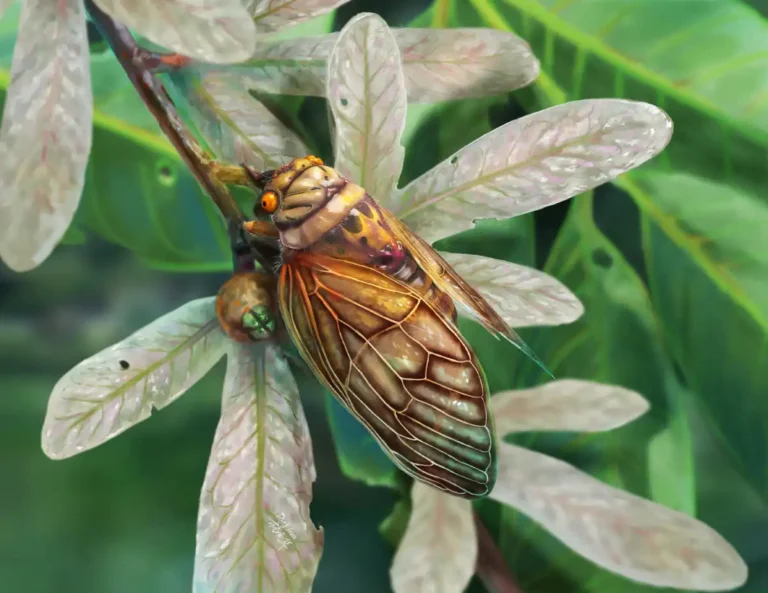New pterosaur species discovered in Japan

Pterosaurs were highly successful flying reptiles—often mistakenly classified as dinosaurs—that thrived between 210 and 65 million years ago.
As the first vertebrates to achieve powered flight, they predated the emergence of birds and bats by millions of years.
Among them, the colossal azhdarchids stood out as the largest flying creatures ever to exist, boasting wingspans exceeding 9 meters (30 feet) and standing as tall as modern giraffes.
“Pterosaurs, the earliest vertebrate group to achieve powered flight, have left a fossil record spanning from the Late Triassic to the Cretaceous/Paleogene boundary, showcasing a remarkable morphological diversity,” said Mifune Dinosaur Museum’s Dr. Naoki Ikegami, São Paulo University’s Dr. Rodrigo Pêgas and their colleagues.
“The fragile nature of pterosaur skeletons, due to their pneumatic and thin-walled bones, renders their fossil record particularly patchy and skewed.”
“Most well-preserved and relatively complete remains are restricted to a few Lagerstätten around the world. In contrast, most other pterosaur-yielding deposits typically produce fragmentary specimens.”
“As an example of this, the Japanese pterosaur record is extremely scarce, so that every remain bears a particular significance.”
“The first pterosaur specimen found in Japan derives from the Yezo Group in Hokkaido and represents an indeterminate pteranodontid, comprising a partial femur, metatarsal, pedal phalanx, and caudal vertebra.”

The newly identified species belonged to Quetzalcoatlinae, a subfamily within the pterosaur family Azhdarchidae.
“Azhdarchids represent a very particular pterosaur clade, especially notorious for including the largest flying organisms ever, such as the 10-11-m- (33-36-foot) wingspan Quetzalcoatlus northropi, Arambourgiania philadelphiae, and Hatzegopteryx thambema,” the paleontologists said.
“The clade Azhdarchidae is most remarkably characterized by their elongated cervical vertebrae with reduced neural spines, and are found extensively across pterosaur communities from the Turonian to the Maastrichtian age worldwide.”
“They represent the most diverse and widespread group of pterosaurs during the Late Cretaceous.”
The new species, named Nipponopterus mifunensis, lived around 90 million years ago during the Late Cretaceous epoch, in what is now Japan.
“Nipponopterus mifunensis represents the first nominal species of pterosaur from Japan,” the researchers said.
“This new species shows numerous quetzalcoatline features, being strikingly similar to the unnamed Burkhant azhdarchid from the Turonian-Coniacian of Mongolia.”
A partial sixth cervical vertebra of Nipponopterus mifunensis was discovered in outcrops of the Mifune Group, near the Amagimi Dam in Mifune Town, Kumamoto Prefecture, on the Japanese island of Kyushu.
- See also: The smallest dinosaur egg ever found
“The specimen was found within the middle part of the Upper Formation of the Mifune Group, in a coarse lens-shaped sandstone bed, 30 cm (12 inches) in thickness and placed between two tuff layers,” the scientists said.
The research was published in the journal Cretaceous Research.






